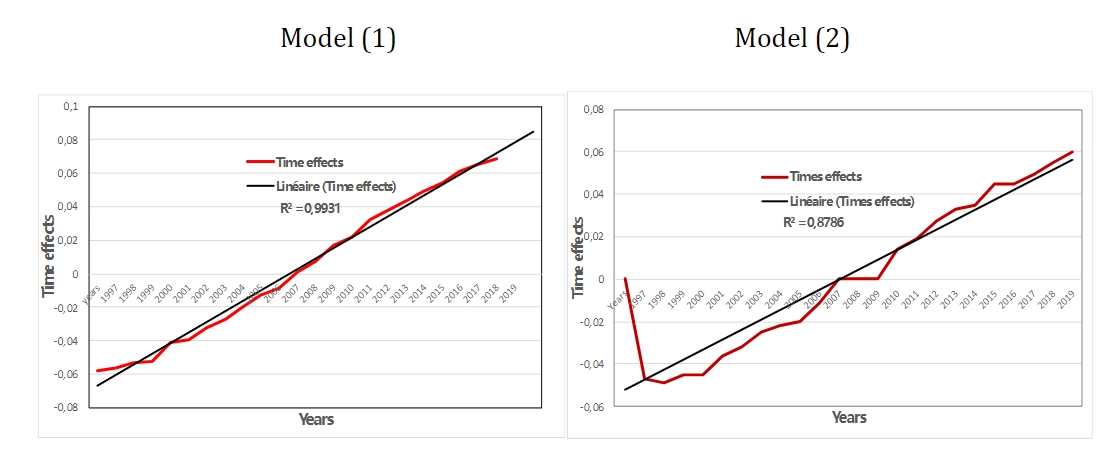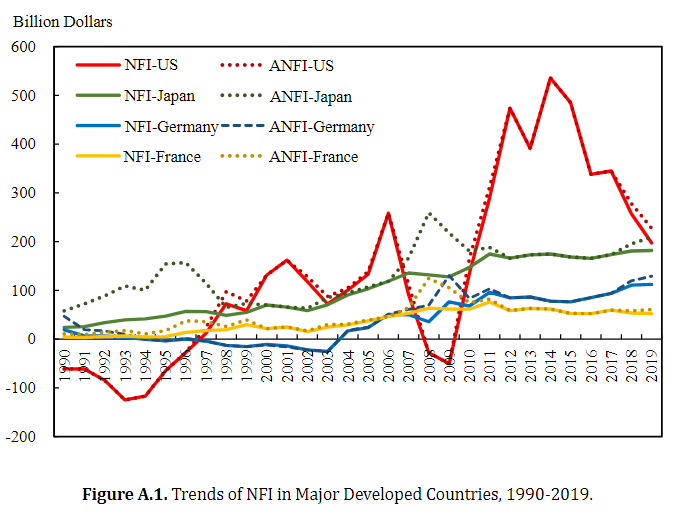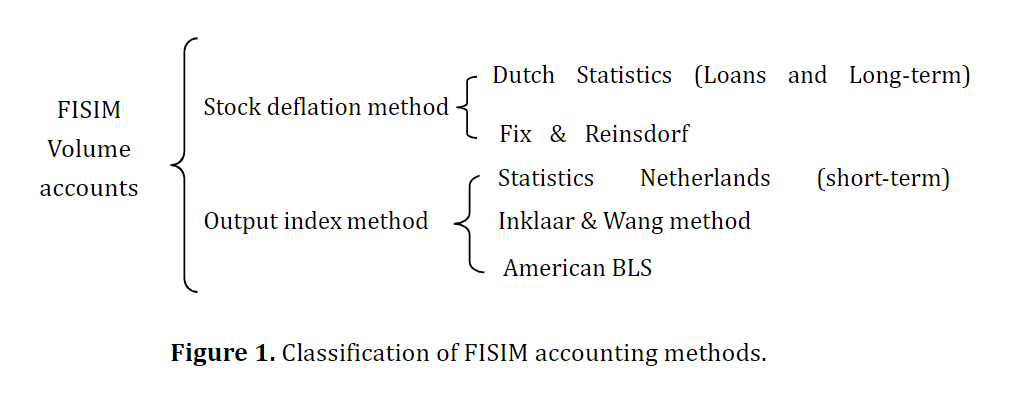Variability of Income Flows of Tourism Companies during a Nine-Year Period
Abstract
The global financial crisis has affected all countries during the period 2007-2014. Tourist companies, especially in Italy, play a significant role in the economy of a country. The performance of tourism companies, and in particular hotels and travel agencies and tour operators, will be analysed in this paper, relative to the period of the crisis. The aim of this paper is to analyze profitability dynamics of the aforementioned tourist companies, to check whether they have suffered the effects of the global crisis. To this end, data from AIDA database relating to Italian companies in the sector were used. The profitability of these companies has been analyzed using the main profitability ratios, ROI and ROS ratios. An analysis of the trends and ANOVA of these ratios was carried out for the period 2007-2015. In this way, it has been verified whether the global crisis has affected profitability dynamics of hotels and travel agencies and tour operators in Italy. There is a parallelism in the trends of the main operators' indices in the three Italian macro-regions. The best performance is in the South, in a less developed economic context. The crisis has reduced the income indices in the first three years, even if the figure remains positive. Since 2012 there is a clear recovery, especially for hotels; intermediaries, on the other hand, suffer from competition from websites. However, the indices confirm the close relationship between travel agencies, tour operators and hotels. ROI mainly rewards first, while ROS intermediaries.
Cite This Paper
Felicetta, I. (2023). Variability of Income Flows of Tourism Companies during a Nine-Year Period. Journal of Economic Statistics, 1(2), 11. doi:10.58567/jes01020004
Felicetta, I. Variability of Income Flows of Tourism Companies during a Nine-Year Period. Journal of Economic Statistics, 2023, 1, 11. doi:10.58567/jes01020004
Felicetta I. Variability of Income Flows of Tourism Companies during a Nine-Year Period. Journal of Economic Statistics; 2023, 1(2):11. doi:10.58567/jes01020004
Felicetta, Iovino 2023. "Variability of Income Flows of Tourism Companies during a Nine-Year Period" Journal of Economic Statistics 1, no.2:11. doi:10.58567/jes01020004
Share and Cite
Article Metrics
References
- Al-Najjar, B. (2014). Corporate governance, tourism growth and firm performance: Evidence from publicly listed tourism firms in five Middle Eastern countries. Tourism Management. https://doi.org/10.1016/j.tourman.2013.09.008
- Beirman, D. (2018). Thailand's approach to destination resilience: an historical perspective of tourism resilience from 2002 to 2018. Tourism review international, 22, 277-292. https://doi.org/10.3727/154427218X15369305779083
- Bremser, K., Alonso-Almeida, M.D., Llach, J. (2018). Strategic alternatives for tourism companies to overcome times of crisis. Service business, 12, 2, 229-251. https://doi.org/10.1007/s11628-017-0344-7
- Camison, C., Fores, B., Puig-Denia, A. (2016). Return on capital in Spanish tourism businesses: A comparative analysis of family vs non-family businesses. European journal of management and business economics, 25, 91-110. https://doi.org/10.1016/j.redeen.2016.04.002
- Carvajal-Salgado, A.L., and Carvajal-Salgado, M.B. (2018). Financing strategies in tourism sectors: hotels and restaurants. Ciencia Unemi, 11, 30-42.
- Dogru, T., Bulut, U. (2018). Is tourism an engine for economic recovery? Theory and empirical evidence. Tourism management, 67, 425-434. https://doi.org/10.1016/j.tourman.2017.06.014
- Iovino, F. (2014). L’internet marketing nelle imprese energetiche: il caso di un’impresa elettrica romana. Mercati e competitività, 3, 141-161. https://doi.org/10.3280/MC2014-003008
- Iovino, F. (2015). Relationship marketing by Energy companies. Review of International comparative management, 16(5), 558-573. https://rmci.ase.ro/no16vol5/02.pdf
- Iovino, F. (2019). The profitability of water companies during ten years. In Conference Proceedings: 3rd International Scientific Conference on Economics and Management -EMAN 2019: Economics & Management: How to Cope With Disrupted Times, Ljubljana, Slovenia, March 28th, Printed by: All in One Print Center, Belgrade. https://doi.org/10.31410/EMAN.2019.121
- Kubickova, M., Kirimhan, D., Li, H.Y. (2019). The impact of crises on hotel rooms' demand in developing economies: The case of terrorist attacks of 9/11 and the global financial crisis of 2008. Journal of hospitality and tourism management, 38, 27-38. https://doi.org/10.1016/j.jhtm.2018.10.002
- Lu, C.L., Chen, S.T., Kuo, H.I. (2018). International tourism demand in Asia: before and after the economic crisis. Asia pacific journal of tourism research, 23, 1073-1085. https://doi.org/10.1080/10941665.2018.1524774
- Mensi, W. (2019). Global financial crisis and co-movements between oil prices and sector stock markets in Saudi Arabia: A VaR based wavele. Borsa Istanbul review, 19, 24-38. https://doi.org/10.1016/j.bir.2017.11.005
- Podhorodecka, K. (2018). Tourism economies and islands' resilience to the global financial crisis. Island studies journal, 13, 163-184. https://doi.org/10.24043/isj.43
- Terhorst, P., Erkus-Ozturk, H. (2019). Resilience to the Global Economic and Turkish (GEO)Political Crisis Compared. Tijdschrift voor economische en sociale geografie, 110, 138-155. https://doi.org/10.1111/tesg.12343
- Verdet, A.P., and Sanchez, P.L. (2018). Evaluation of cruise tourism economic sustainability. A methodological approach within the Spanish Mediterranean littoral. Retos-revista de ciencias de la administracion y economia, 15(8), 101-115. https://doi.org/10.17163/ret.n15.2018.07
- Zhang, J., Cheng, L., (2019), Threshold Effect of Tourism Development on Economic Growth Following a Disaster Shock: Evidence from the Wenchuan Earthquake, PR China, Sustainability, Vol. 11, Issue 2, Article Number 371. https://doi.org/10.3390/su11020371
- Zopiatis, A., Savva, C.S., Lambertides, N., McAleer, M. (2019). Tourism Stocks in Times of Crisis: An Econometric Investigation of Unexpected Nonmacroeconomic Factors. Journal of travel research, 58, 459-479. https://doi.org/10.1177/0047287517753998



